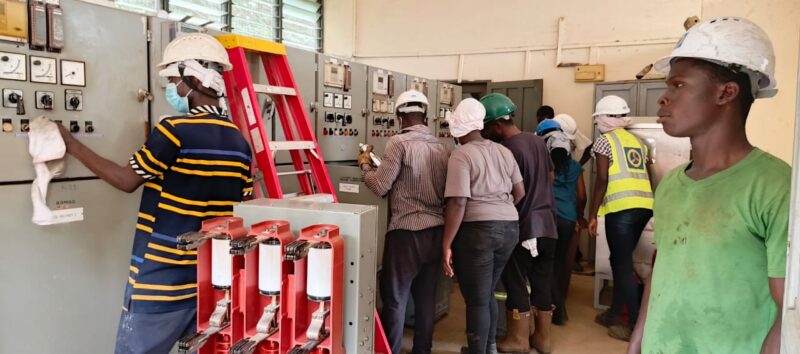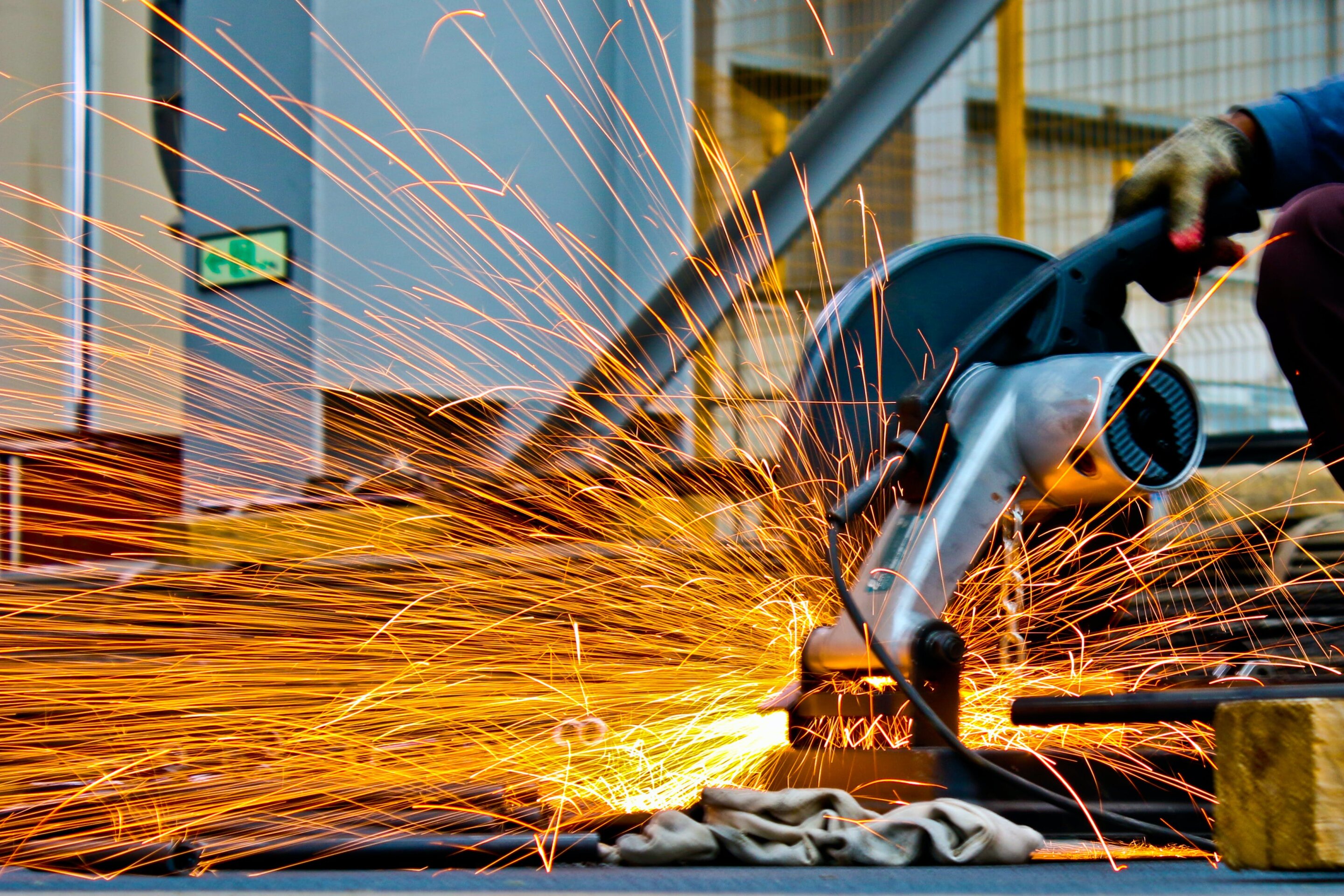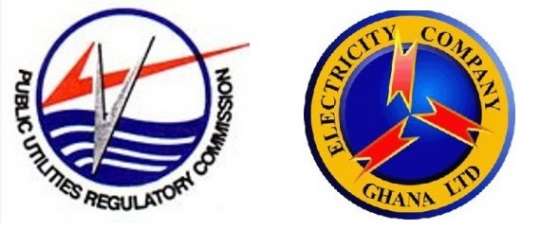- France’s former Manchester United defender Raphael Varane quits football
- Will the Davis Cup be Rafael Nadal’s ‘last dance’? Alcaraz hopes not
- Surging AI demand could cause the world's next chip shortage, research says
- How Apple and Microsoft’s trusted brands are being used to scam you online
- Southwest Airlines to cut service and staffing in Atlanta to slash costs
What do you believe is the single most important factor driving up the cost of living in Nigeria?

Waste heat to green energy: New approach boosts thermoelectric generator efficiency
Thermoelectric generators that can convert waste heat to clean energy could soon be as efficient as other renewable energy sources, like solar, according to a team led by Penn State scientists.
Using high-entropy materials, the researchers created more efficient thermoelectric materials than previously possible, an advancement that they said could even help make long-distance space exploration possible. They published their results in the journal Joule.
Thermoelectric devices—including the radioisotope thermoelectric generators that produce energy for NASA's space exploration vehicles—can convert differences in temperature to electricity. When they are placed near a heat source—like a steam pipe in a power plant—charge carriers, like electrons, move from the hot side to the cold side, producing an electric current.
Current commercially available devices boast 5% to 6% efficiency. The researchers used their new fabrication approach to create a prototype that reached 15% conversion efficiency. The improved efficiency means that existing devices could shrink by 200% and still produce the same energy, or same-sized device could produce 200% energy, the researchers said.
"These findings show a new direction in how we can improve thermoelectric devices to be really efficient," said Bed Poudel, research professor in the Department of Materials Science and Engineering at Penn State and co-author on the study. "Our work provides a new avenue toward creating very exciting thermoelectric materials and could lead to even greater advances with future material development."

- September 24, 2024
Ghana retains 10th position with lowest fuel price in Africa


- September 22, 2024
ECG offers free maintenance services to KNUST

- September 22, 2024
Floods, landslides hit central Japan months after major quake

- September 25, 2024
Innovative electrolytes could transform steelmaking and beyond




- September 19, 2024
PURC calls for urgent revision of the Cash Waterfall Mechanism

- September 19, 2024
UK campaigners in green energy standoff reject 'nimby' label

- September 24, 2024
Higher blends of biodiesel fuel could cut transportation emissions

- September 25, 2024
Vivo Energy Ghana achieves outstanding safety milestone
Subscribe to our mailing list to get the new updates!

Subscribe our newsletter to stay updated
Thank you for subscribing!

